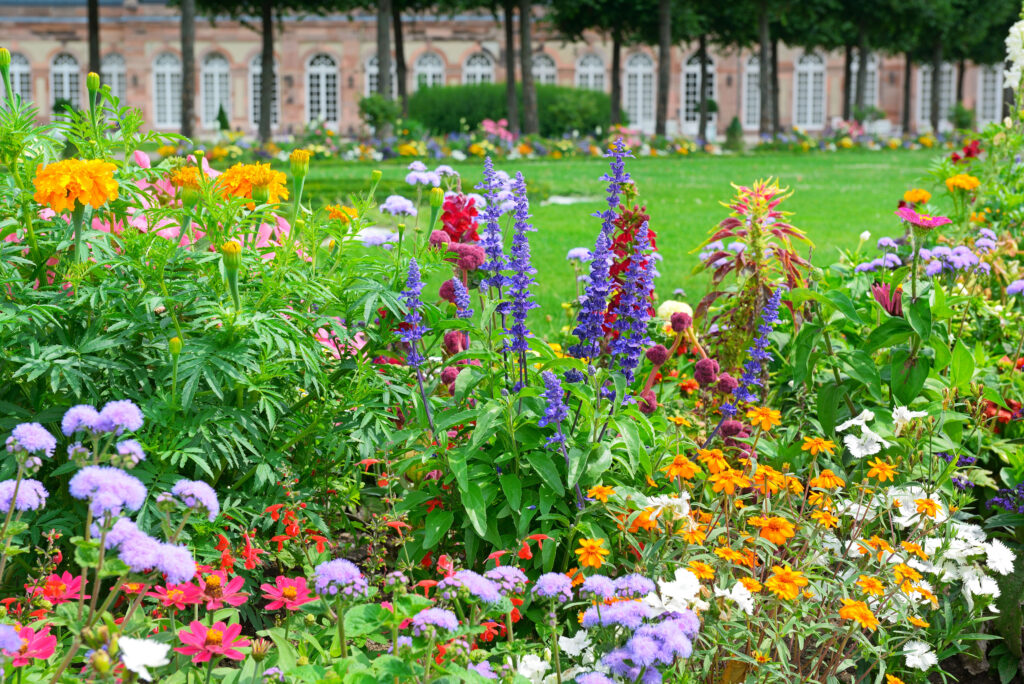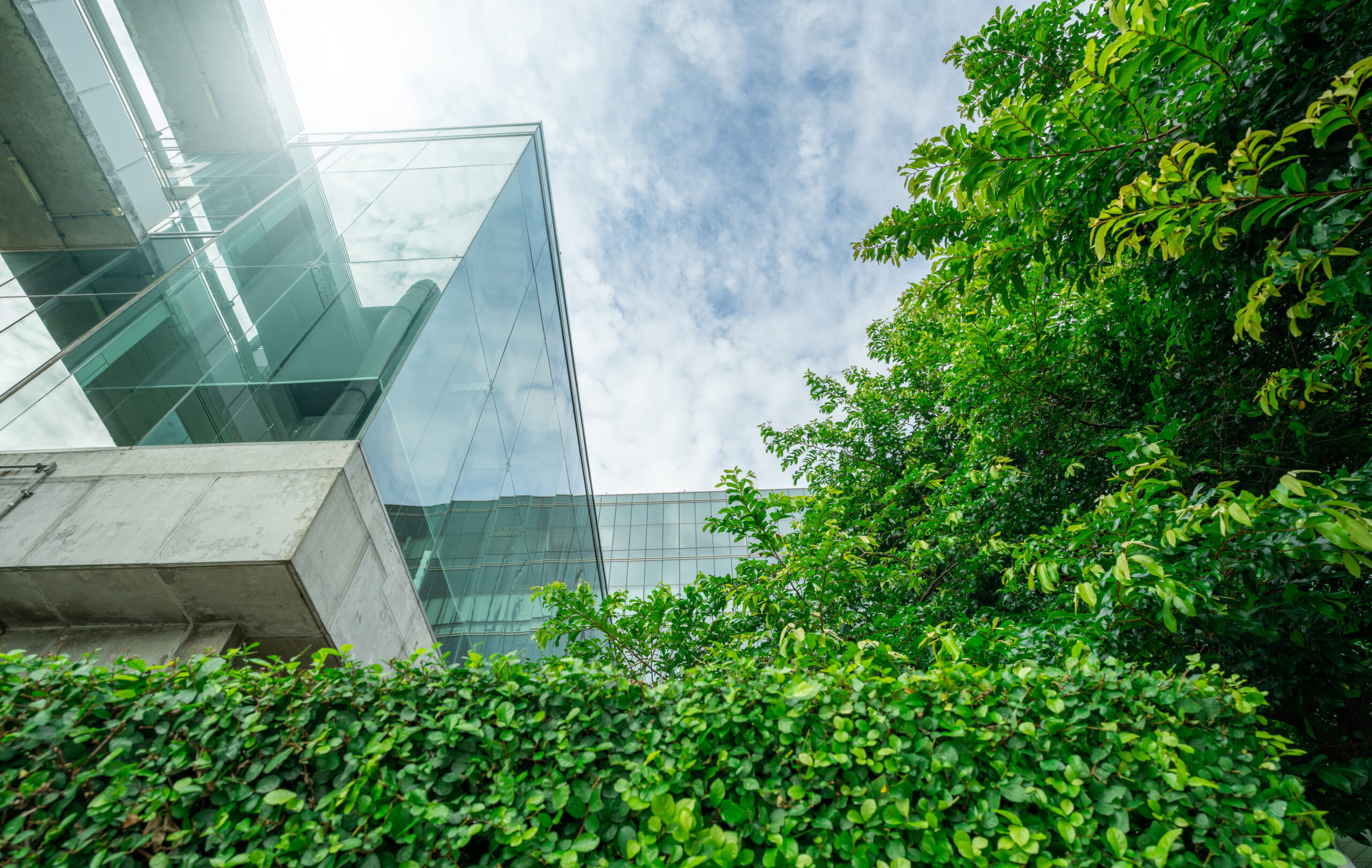
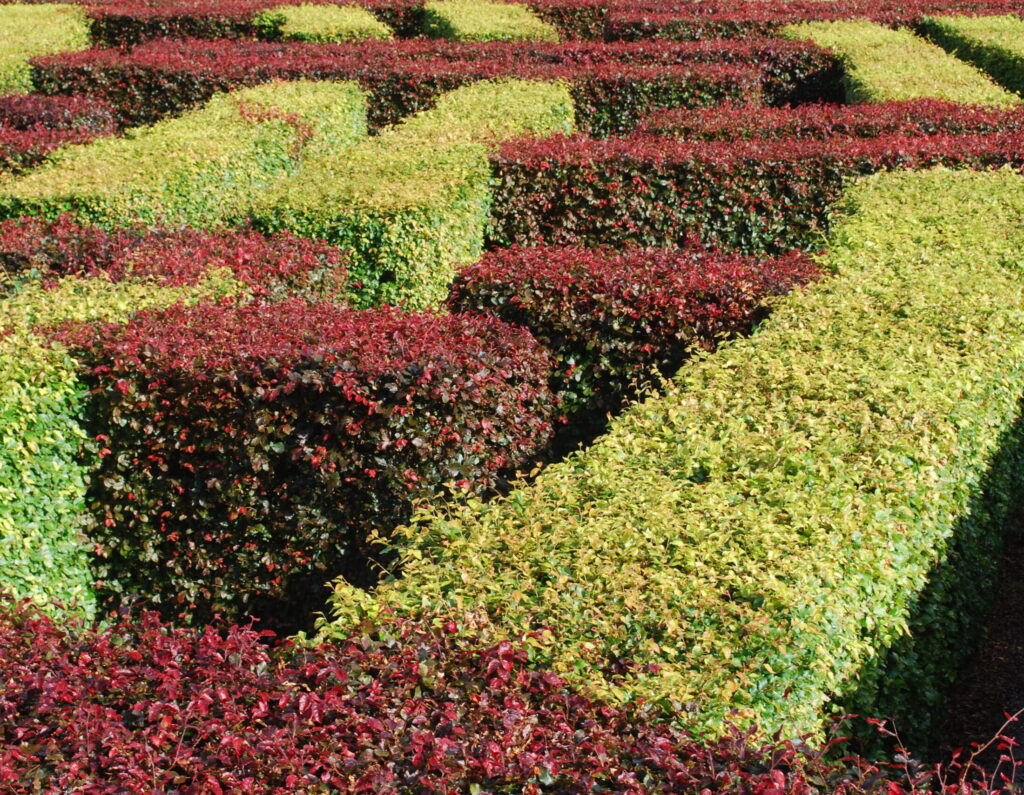
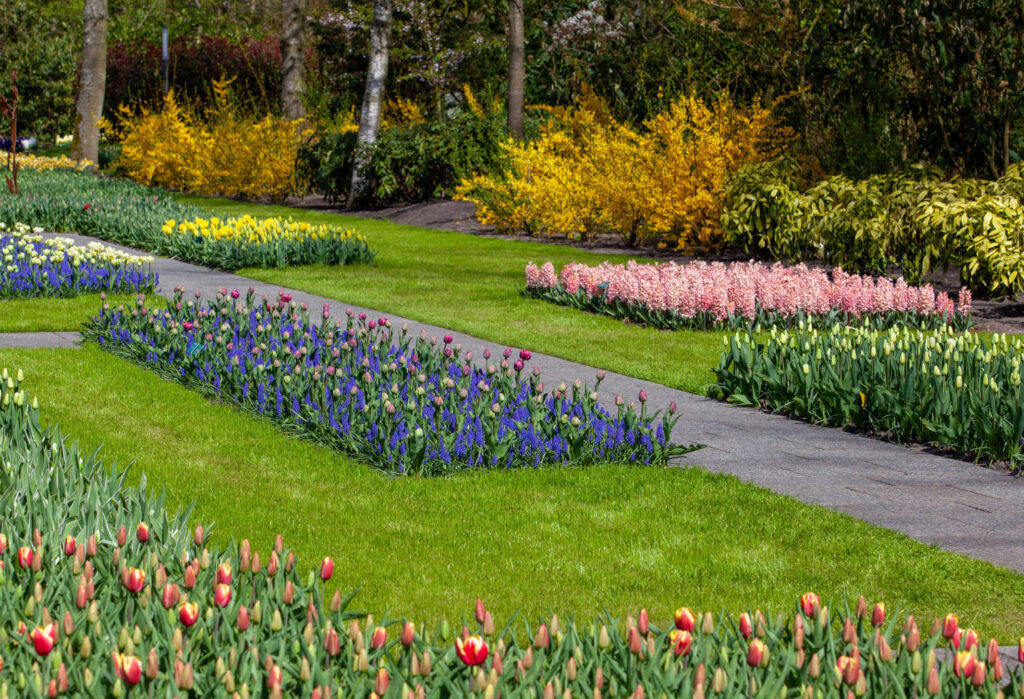
Fertilization is a key factor in the success of urban greening.
Indeed, the results and/or performance of urban projects are closely linked to the vitality and vigor of the plants. If they are not in excellent vegetative condition (watered and fertilized), the added environmental value will be non-existent:
What's more, there's an added value that's rarely mentioned: social value. Planting, flowering and farming create a social and civic bond by bringing people together in a fun activity that reaps rewards!
Urban soils are poor in organic matter and biological activity. Our products help revitalize your soil.
Our natural and UAB products comply with current regulations (climate law), which aim for zero phyto and zero mineral fertilizers.
Promotes the plant's natural growth and vitality, giving it a healthy environment in which to flourish, resulting in better quality plants and higher yields.
Your crops will be more resistant to hot and/or cold spells, excess or lack of water, rising salinity...
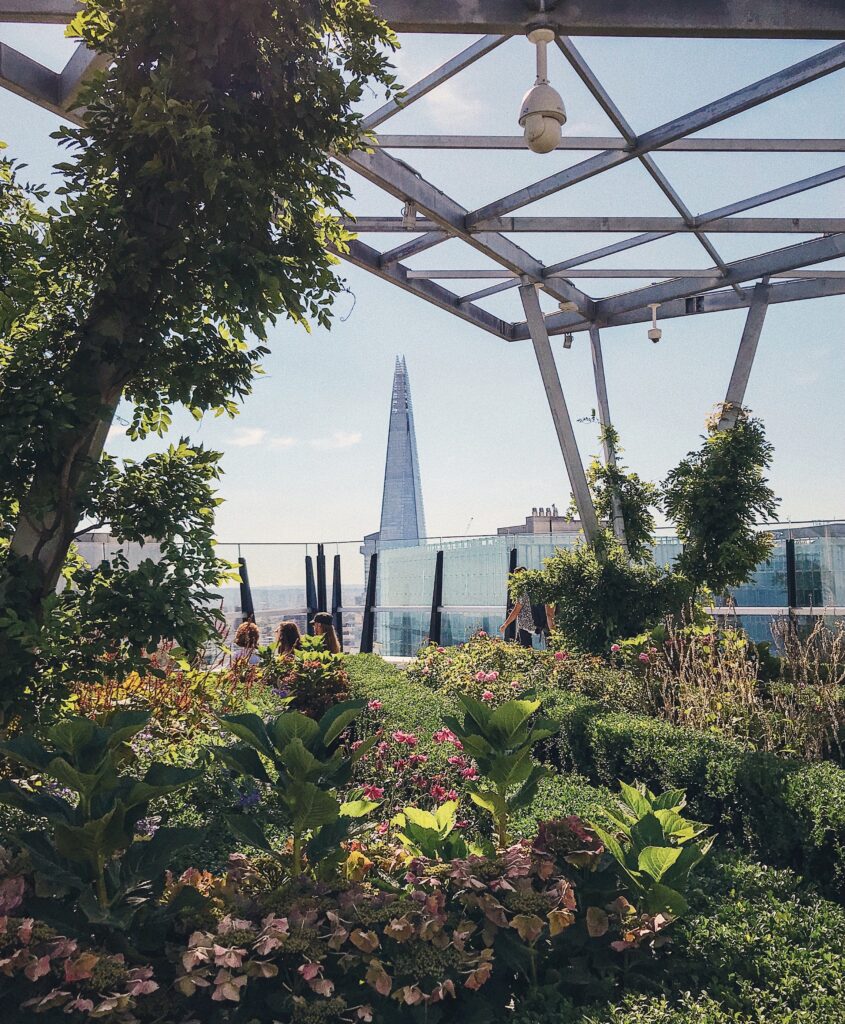

The concept of urban vegetation is growing thanks to its perfect integration into contemporary architecture. Roofs, terraces and facades are veritable works of art, requiring special care and attention.
The success of a TTV is directly linked to the condition of the plant. It is therefore imperative to pay particular attention to plant quality and maintenance.

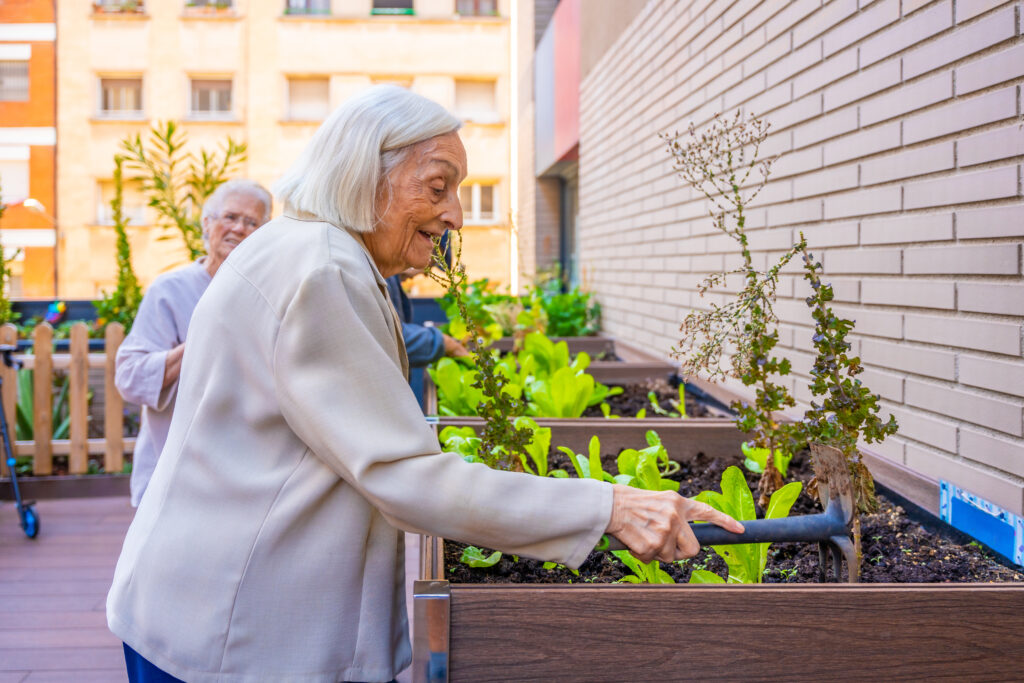
The aim of urban agriculture is to bring production closer to the consumer, using organic and environmentally-friendly production methods, while conquering unused urban spaces.
In addition to its societal value, it has a social value in that it not only brings people together, but also creates jobs.
Planting trees and shrubs in urban environments has more than just an aesthetic and well-being role for city dwellers. They help to reduce heat islands, store carbon and capture fine particles through their leaves, thereby reducing air pollution.
As for the flowerbeds, their purpose is not only to embellish, but also to promote biodiversity through color and flowering.
